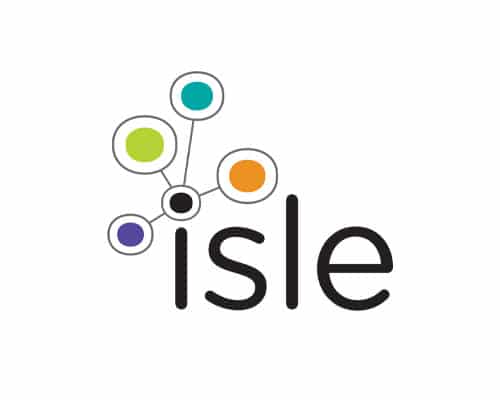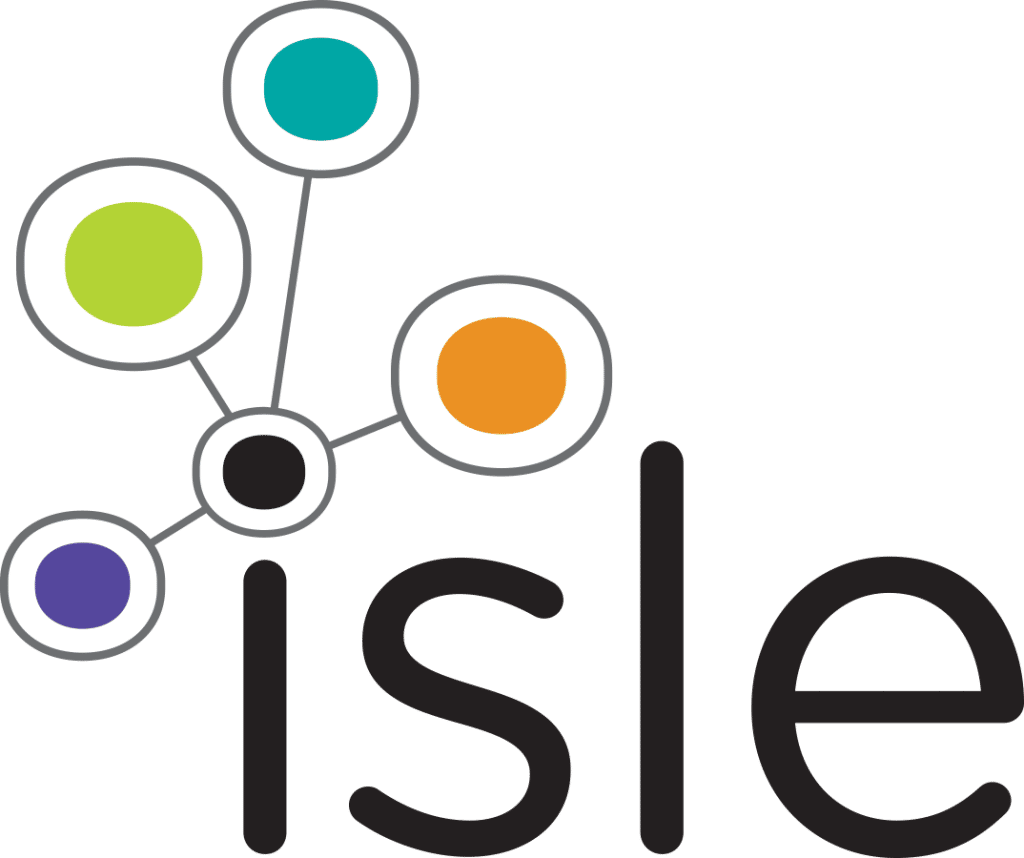Wastewater treatment (WWT) aims to minimise the concentration of nutrients in the final effluent, as an excess of nutrients discharged to surface waters can cause environmental problems such as algal blooms.
Case Study – Phosphorus Recovery Technology Horizon Scan
Client/Location: UK, EU and Australia
Project Duration: September 2014 – November 2014
Overview

Wastewater treatment (WWT) aims to minimise the concentration of nutrients in the final effluent, as an excess of nutrients discharged to surface waters can cause environmental problems such as algal blooms. Therefore, digestate sludge dewatering liquor, which contains a large proportion of the nutrients from the wastewater stream, are typically returned to the head of the works. Continuous recirculation of nutrients, in addition to increasing the load to the wastewater treatment plant WWTP, can cause problems in pipes, as the release of phosphates and magnesium during anaerobic digestion, together with the formation of ammonia and a change in pH can lead to struvite scaling in pipes and valves. Phosphorus (P), an essential ingredient of crop fertiliser, is mined from finite phosphate rock, because of the high concentrations of phosphorus in municipal wastewater, this presents a
sustainable alternative source compared. Although land application of treated sludge is still common in the UK, regulations as to the amounts of micro-pollutants, pathogens and heavy metals that can be applied to agricultural land has become stricter throughout Europe in recent years and in many countries land application is not allowed any more at all. Ideally,
nutrients would be extracted from wastewater and used as an ingredient for fertilisers or other chemical products. P is often recovered as reusable struvite by controlled chemical precipitation.
P Recovery Technology Horizon Scan
The objective of this Phosphorus Recovery Technology Horizon Scan was to highlight the phosphorus recovery options and technologies currently available to the market and those currently being developed, and provide the TAG members with detailed information to enable informed decisions in the future. To this purpose, Isle has compiled a list of leading Phosphorus Recovery Technologies being researched, piloted or that are available on the market. Isle has then selected 10 of these technologies that are nearly or commercially available and reviewed them based on predefined criteria and presenting them in a matrix. The criteria were agreed by the steering group and include the treatment method, end-product potential, operational requirements, usage implications, considerations, references and contact details for each of these 10 technologies. Where possible, relevant examples of installations of each technology are given. The Technology Matrix can be seen as a quick reference tool and as an aid to simplify the high level decision making process by collating relevant information in an accessible format.

